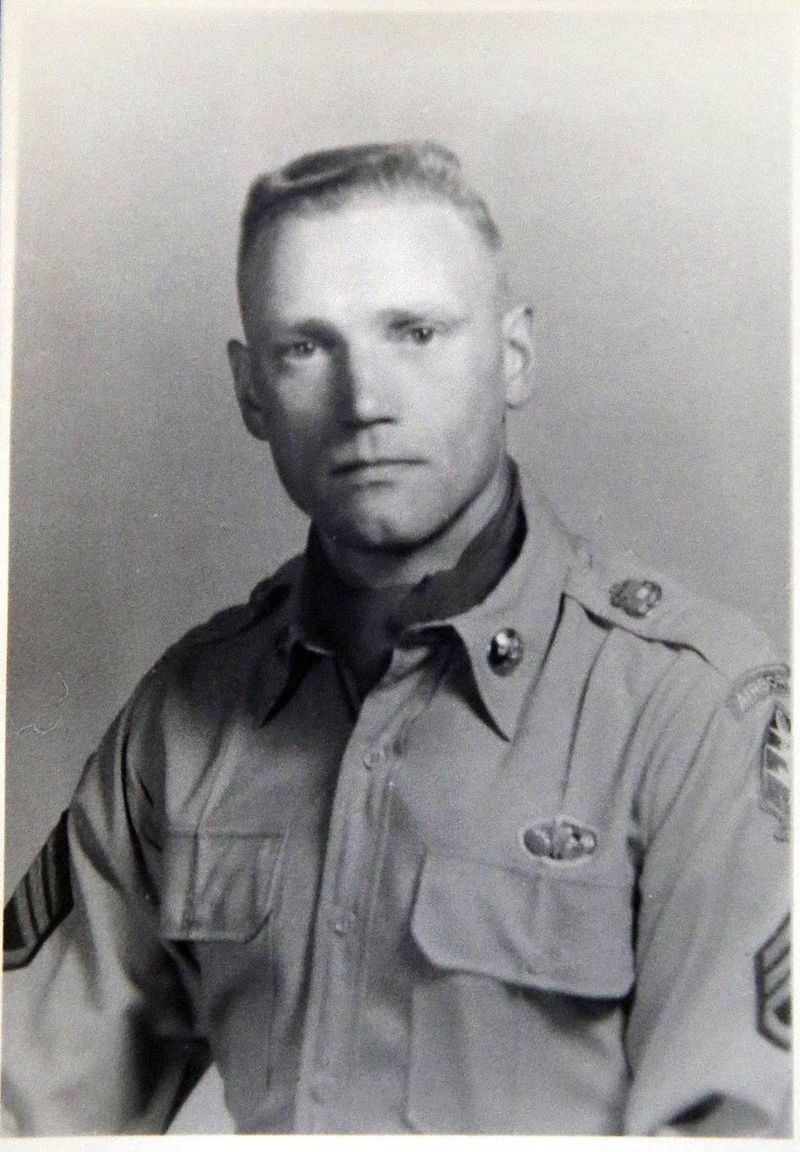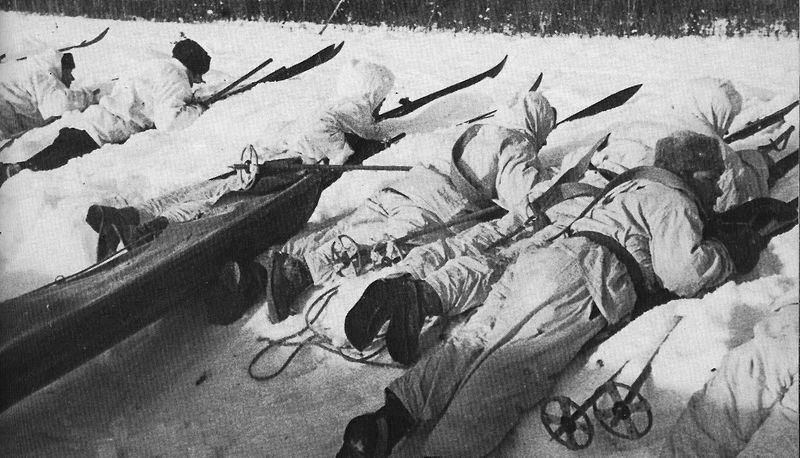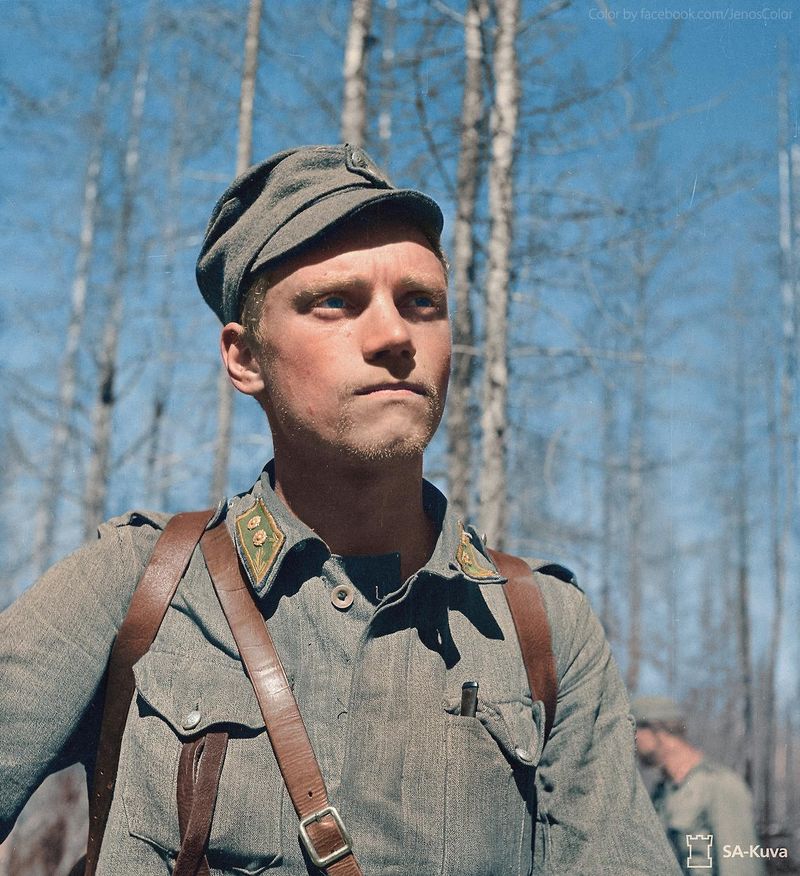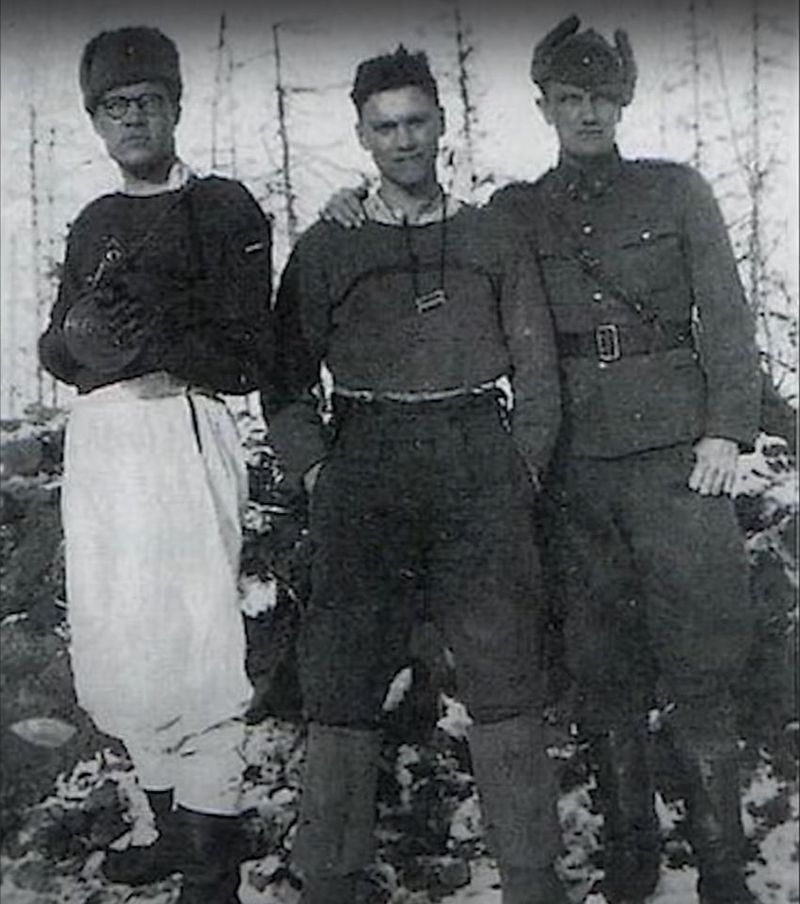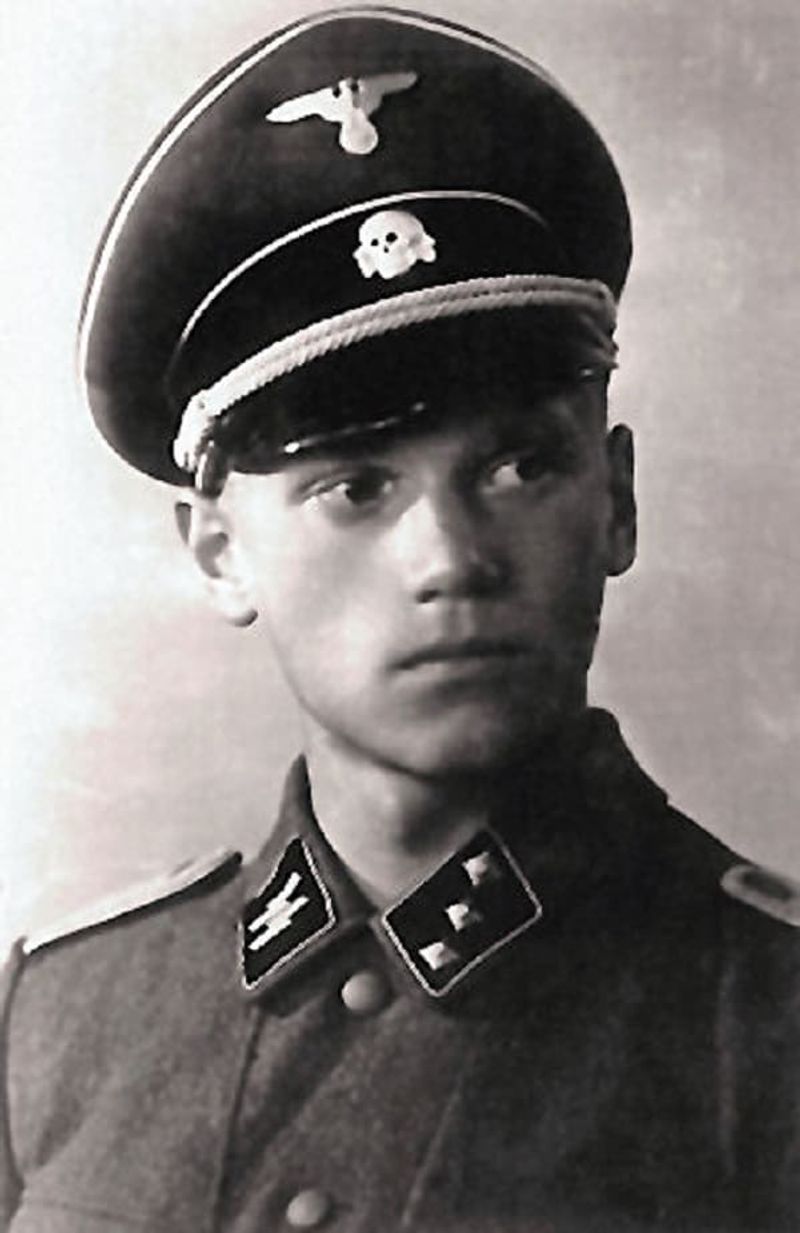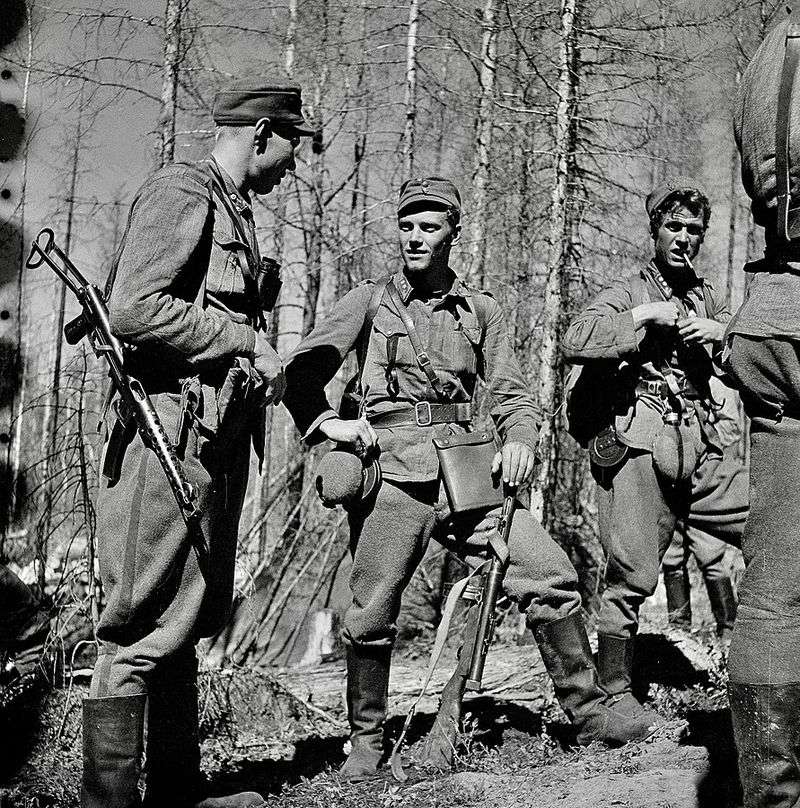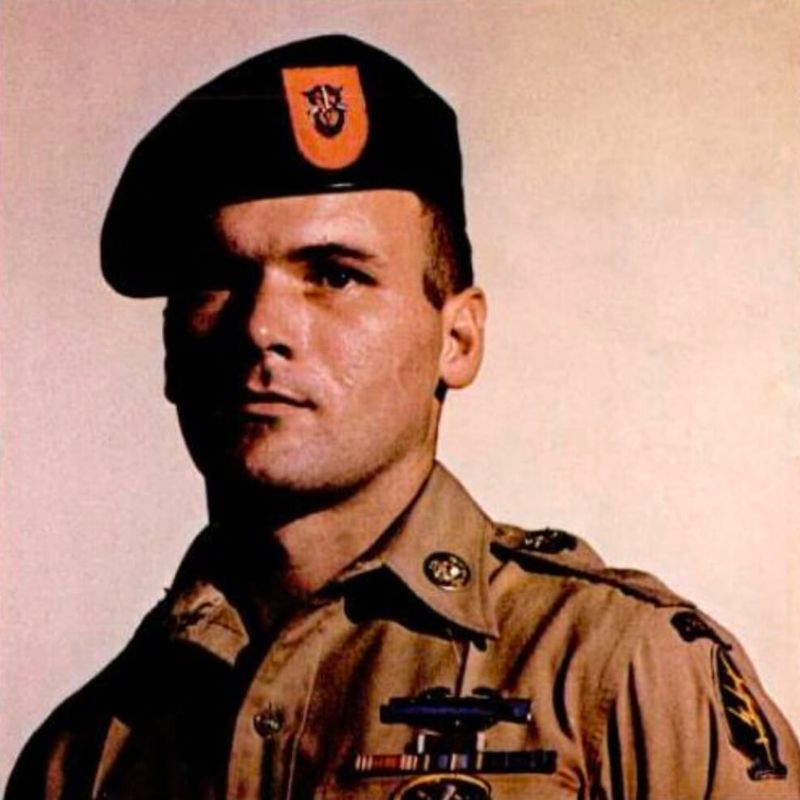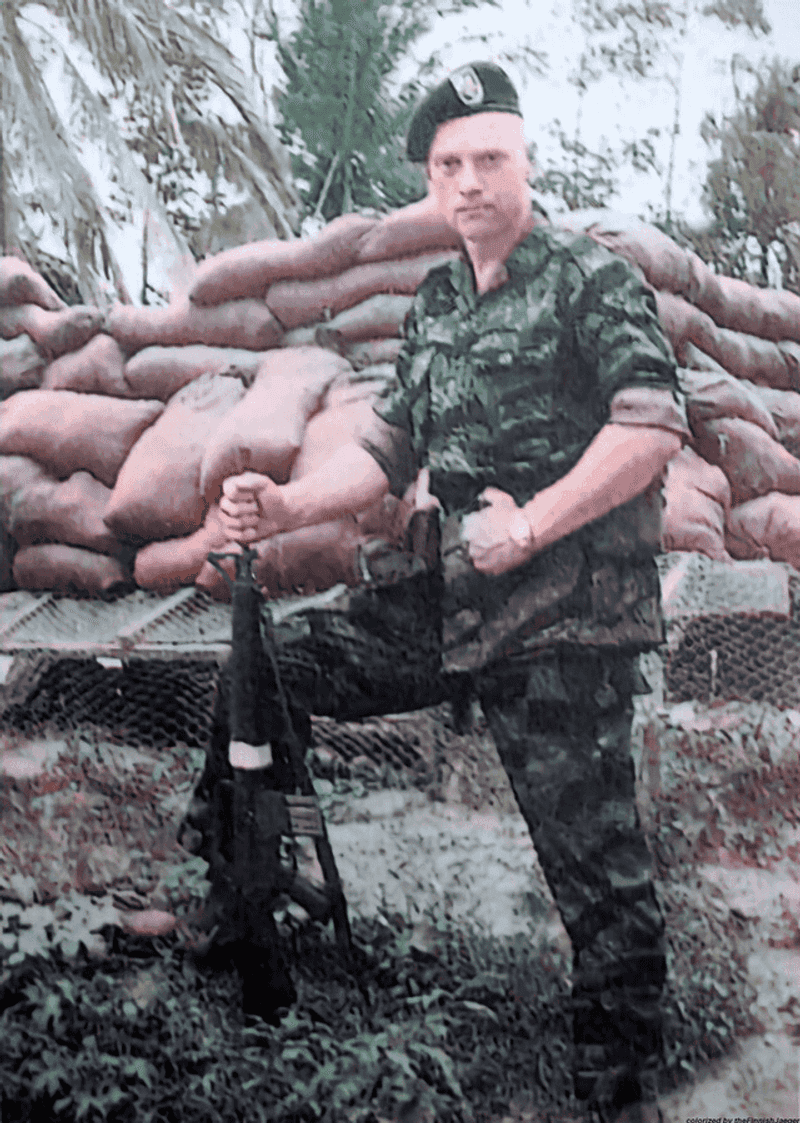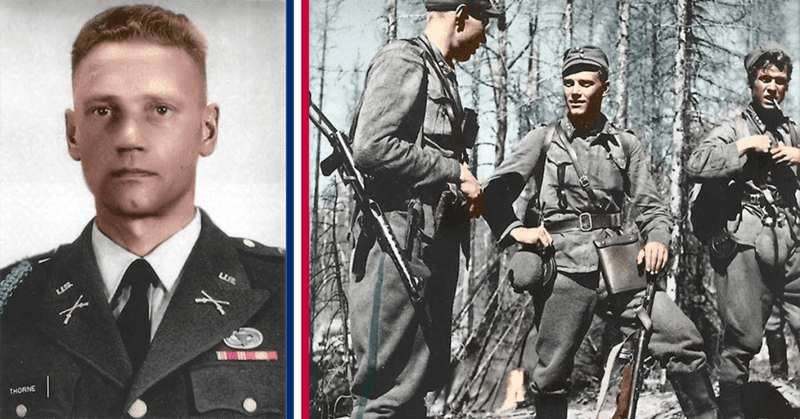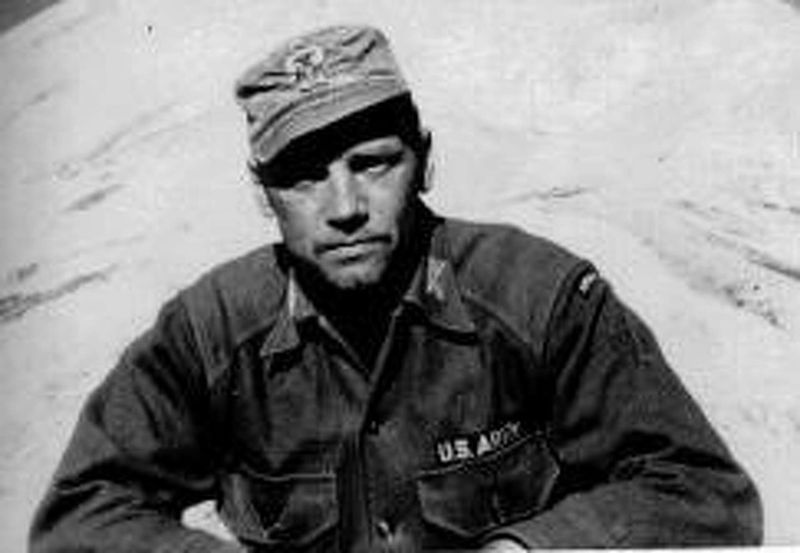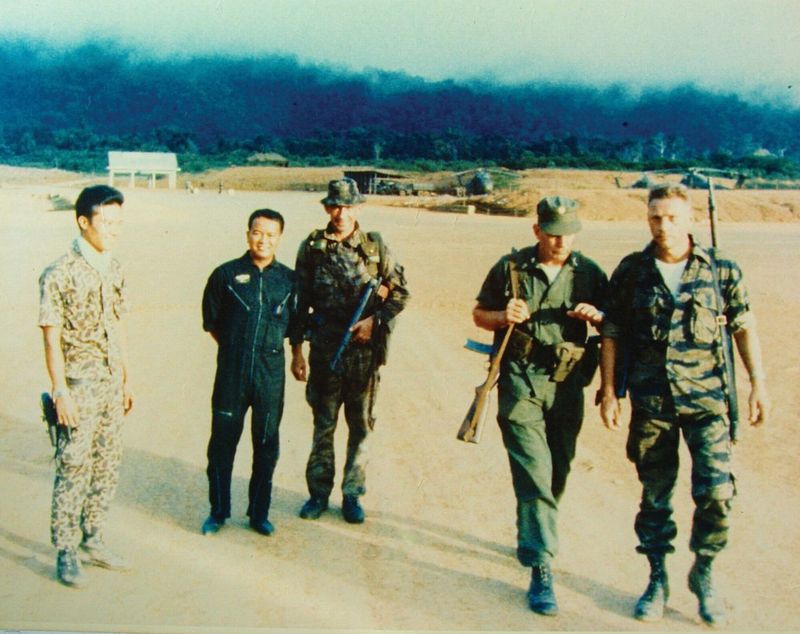Some war stories are too unbelievable for Hollywood—but this one’s true. Lauri Törni, later known as Larry Thorne, served under three flags, fought in three armies, and somehow went from battling for Hitler’s Germany to becoming a decorated U.S. Green Beret. Here’s how a Finnish soldier became one of the most legendary figures in American special operations history.
1. Born to Fight: The Finnish Warrior Begins
Lauri Törni, born in 1919 in Viipuri, Finland, was destined for military life. He joined the Finnish Army in 1938, just before the Winter War erupted in 1939. From a young age, Törni exhibited a fearless character and natural leadership qualities.
Observers noted his tactical brilliance and unyielding resolve, which would later define his military career. His early years set the stage for a life of extraordinary events, as he navigated complex political landscapes and military challenges.
Growing up in Finland during tumultuous times, Törni’s passion for his homeland fueled his drive to serve and protect.
2. Fighting the Soviets with Finland
During the Winter War, Törni quickly gained a reputation for courage and ruthless efficiency, fighting against the Soviet Red Army. His adeptness in winter warfare, especially leading ski troops in deep-penetration raids, earned him distinction.
Törni’s unit was known for their surprise attacks, navigating arduous terrains with ease and precision, leaving a significant impact on the enemy lines.
The harsh climate of Finland became an ally to Törni, amplifying his strategic advantage. His tenacity and strategic brilliance during these battles became legendary, solidifying his status as a war hero in Finland.
3. The Soviet Union Put a Price on His Head
Törni’s effectiveness in battle led the Soviets to place a bounty on his head, a testament to his feared presence on the battlefield. This notoriety was both a badge of honor and a potential death sentence.
His small unit’s ability to inflict significant damage on Soviet forces made him a national hero in Finland, yet a prime target for Soviet retaliation.
The bounty underscored the high stakes of his missions, further motivating Törni and his men to excel in their daring operations. His life became a high-wire act of bravery and survival.
4. When the War Returned, So Did He
As the Continuation War ignited in 1941, Törni was once again called to defend Finland from Soviet encroachment. His return to the battlefield was marked by relentless dedication and strategic acumen.
Törni’s leadership during this period solidified his reputation as one of Finland’s most celebrated military figures. His ability to inspire and direct his troops under pressure highlighted his exceptional capabilities.
The struggle against overwhelming odds did not deter him; instead, it fueled his resolve to protect his homeland. Törni’s courage and tactical expertise were instrumental in shaping Finland’s defense efforts.
5. A Deal with the Devil: Training with the Nazis
In a desperate move to fight the Soviets, Törni trained with the Waffen-SS, Nazi Germany’s elite combat branch. Though not aligned with Nazi ideology, his anti-Soviet stance led him to this controversial alliance.
The decision complicated his legacy, intertwining his heroism with contentious affiliations. His time with the Waffen-SS provided advanced military training, further honing his skills.
Törni’s choice reflected the complex moral dilemmas faced by soldiers in wartime. Straddling lines of allegiance, he sought to leverage any advantage against advancing Soviet forces, becoming a tactical asset in this uneasy alliance.
6. Captured, Escaped, Captured Again
At World War II’s end, Törni faced arrest in Finland for his brief Nazi collaboration. His initial escape showcased his resourcefulness, yet he was captured again, reflecting the tumultuous postwar landscape.
Despite setbacks, Törni’s tenacity led to a pardon, freeing him from a life sentence. His resilience during these tense times highlighted his indomitable spirit.
With no military future in Finland, Törni’s journey took him across continents, seeking new opportunities. His story of capture and escape is one of relentless determination, navigating a world fraught with legal and political challenges.
7. From Europe to America: The Immigrant Soldier
Törni’s journey to America was marked by daring and resilience. After escaping Europe, he traveled to Venezuela and eventually stowed away on a ship bound for the United States.
Supported by Finnish-American friends and sponsored by a fellow officer, he secured residency. Adopting the name Larry Thorne, he reinvented himself in a new land.
This chapter in Törni’s life was defined by hope and transformation, as he embarked on a path leading to the U.S. Army. His immigrant story underscores a quest for redemption and the relentless pursuit of a second chance.
8. Green Beret Material
In the U.S. Army, Thorne’s extensive combat experience stood out, earning him a place in the newly formed Special Forces. His training as a Green Beret revealed his unparalleled skills in guerrilla warfare and survival tactics.
Thorne excelled in jungle operations, showcasing adaptability and leadership under duress. This phase of his career was marked by a pursuit of excellence and innovation in military strategy.
His contributions to the Green Berets were significant, setting standards for future generations. Thorne’s journey from European battlefields to elite American forces is a testament to his enduring legacy.
9. Fighting Communists—Again
Thorne’s battle against Communism continued in Vietnam during the early 1960s. Leading special operations deep behind enemy lines, his expertise was invaluable in combating guerrilla warfare.
His missions were characterized by strategic brilliance and relentless pursuit of objectives, often requiring innovative tactics and resourcefulness.
This third confrontation with Communist forces emphasized Thorne’s lifelong commitment to battling ideologies he opposed. His role in Vietnam added another chapter to his storied career, highlighting his unwavering dedication to his duties and the complexities of Cold War dynamics.
10. A Hero’s Final Mission
In 1965, during a covert operation in Laos, Thorne’s helicopter tragically crashed in mountainous terrain, marking his untimely end. The mission underscored his commitment to duty, even at great personal risk.
For decades, his disappearance remained a mystery, leaving behind a legacy of bravery and sacrifice. The eventual recovery of his remains brought closure, allowing his story to be honored with military accolades.
Thorne’s interment at Arlington National Cemetery serves as a tribute to his extraordinary life and service, embodying the sacrifices made by soldiers in pursuit of global stability.
11. A Legend Among Warriors
Despite his complex past, Thorne remains a revered figure in the Special Forces community. His life story, marked by allegiance shifts and military prowess, is taught as a lesson in loyalty and courage.
Thorne’s narrative is a tapestry of wartime morality, showcasing the nuanced decisions faced by soldiers. His reputation within military circles is a blend of admiration and contemplation, reflecting the ambiguities of his journey.
His legacy is a testament to the intricacies of service, illustrating the multifaceted nature of heroism. Thorne’s life continues to inspire, providing a rich source of reflection and study.
12. One Man, Three Armies, One Purpose
Few soldiers can claim a career as varied as Thorne’s, serving in three armies across major conflicts. His journey is a study in contrasts, from Nazi collaborator to U.S. hero, from fugitive to patriot.
Navigating these roles required adaptability and moral complexity, attributes that defined Thorne’s life. His story is not just about battles won or lost, but about identity and allegiance.
Through his service, Thorne exemplified a singular drive: to resist oppression, in whatever form it appeared. His experience reflects the broader human struggle during times of war, offering lessons on resilience and transformation.
13. A Life Too Wild for Fiction
Thorne’s life, with its improbable twists and turns, often seems more fiction than reality. Documented in military archives and personal accounts, each chapter offers insights into an extraordinary journey.
His experiences highlight the unpredictable nature of war and the personal costs involved. Thorne’s story serves as both a cautionary tale and a beacon of inspiration, transcending conventional narratives.
For historians and soldiers alike, Thorne’s life is a reminder of the wild, often unpredictable paths carved by duty and circumstance. His legacy endures, inspiring reflection on the nature of heroism and sacrifice.

